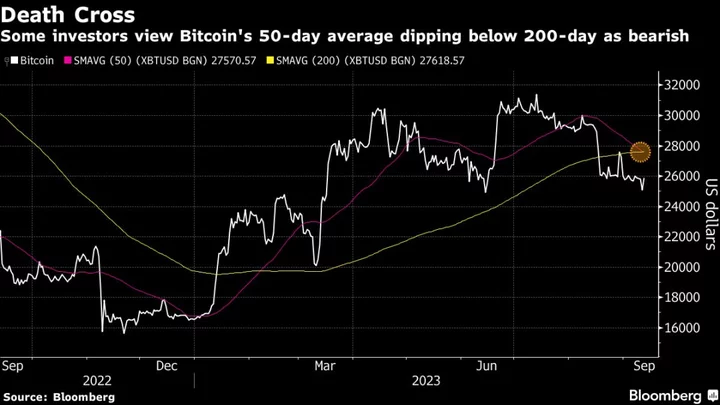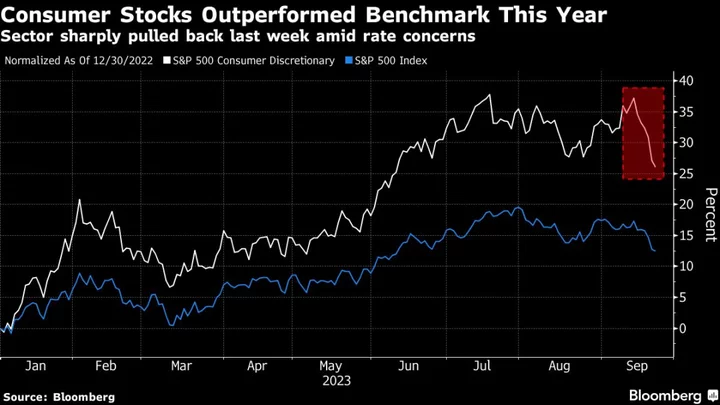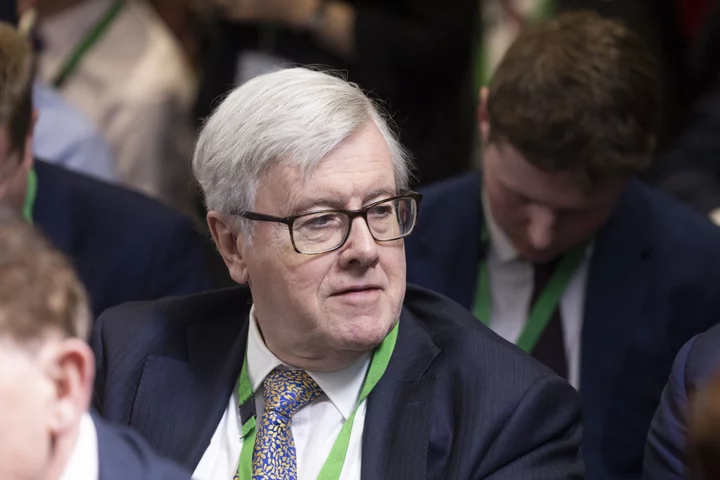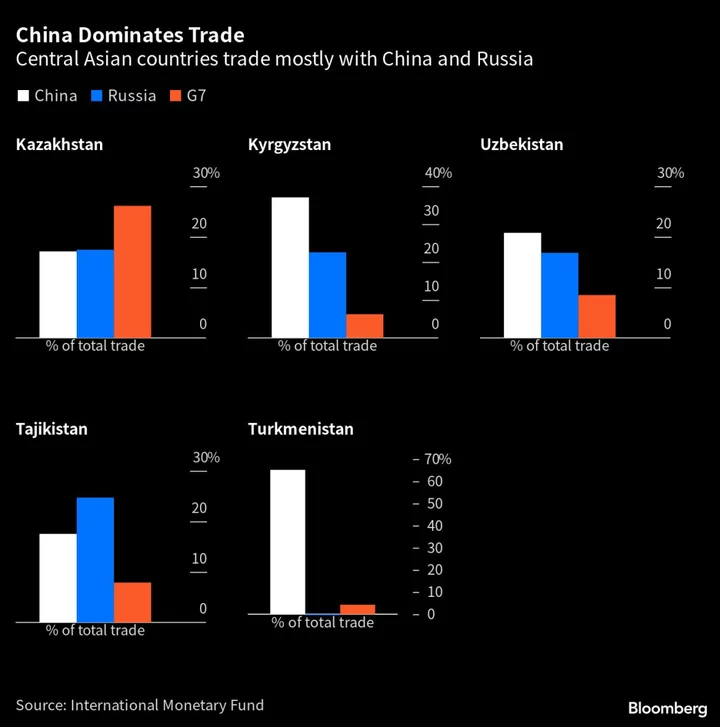Volatility picked up in digital-asset markets as traders evaluated the prospect of crypto disposals by the defunct FTX exchange through its bankruptcy process.
FTX’s administrators have recovered about $7 billion in assets, including $3.4 billion of crypto. A court hearing is due on Wednesday to consider a plan to begin sales of tokens to help repay creditors, according to recent filings.
A presentation shows that FTX holds nearly $1.2 billion in SOL, the native token of the Solana network. The inventory also includes $560 million in Bitcoin, the largest crypto asset, and $192 million in second-ranked Ether.
A gauge of the largest 100 tokens slid almost 3% on Monday before rising by about the same magnitude on Tuesday. Bitcoin posted a similar performance and was trading at about $25,870 as of 12:32 p.m. in Singapore.
FTX is seeking to appoint the asset management arm of billionaire Michael Novogratz’s Galaxy Digital Holdings Ltd. to help oversee the fallen exchange’s giant pile of tokens. The weekly limit for crypto disposals ranges from $50 million to a possible $200 million, according an August filing.
The market is “apprehensive about the upcoming FTX creditor liquidation,” Markus Thielen, head of research at Matrixport, wrote in a note.
September as a whole also tends to be the worst month of the year for digital assets. Bitcoin has dropped 6.2% on average over the month in the past decade, according to data compiled by Bloomberg.
Some chart patterns add to the case for a period of weakness for Bitcoin. An analysis based on plotting sessions when the token moves up or down by at least 1%, a so-called point and figure study, signals the $24,500 support level is under threat. If breached, the token is at risk of testing $24,000 and beyond that $21,400, according to the analysis.
It could be “difficult for Bitcoin to see a durable rebound” based on “weakened intermediate-term momentum,” Katie Stockton, founder of Fairlead Strategies LLC, wrote in a note.
Global markets are awaiting a US inflation report due on Wednesday. Signs of sticky price pressures could stoke expectations that interest rates will stay higher for longer, a potential impediment for riskier investments.









